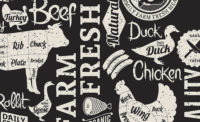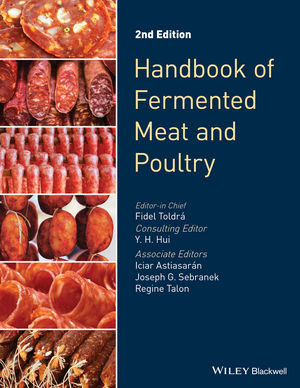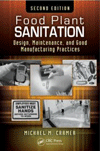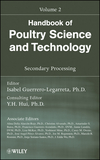In January 1999, the Food Safety and Inspection Service (FSIS) published Appendix A: Compliance Guidelines for Meeting Lethality Performance Standards for Certain Meat and Poultry Products. The compliance guidelines contained certain time/temperature combinations that, if followed precisely, were validated as effective process schedules to achieve lethality. Since that time, the industry has utilized Appendix A in the production of safe and wholesome meat and poultry products.
After 18 years, FSIS has updated Appendix A and other agency guidance on ensuring compliance to the Lethality Performance Standards for certain meat and products. These updated guidance documents have been combined into one document, FSIS Salmonella Compliance Guideline for Small and Very Small Meat and Poultry Established that Produce Ready-to-Eat (RTE) Products and Revised Appendix A (Salmonella Compliance Guideline) and replaces previous versions of Appendix A and other guidance documents. The draft compliance guideline was made available on June 15 and the comment period ended on Aug. 15.
While the Salmonella Compliance Guideline is intended to assist small and very small establishments in meeting FSIS regulations, they do not represent requirements that must be met. The Salmonella Compliance Guideline represents best practices recommended by FSIS. The agency has indicated that much of the information in the previous version of Appendix A and other guidance documents is relatively unchanged in the Salmonella Compliance Guideline. The new document does provide clarification on certain recommendations that have caused confusion in the past, such as the use of humidity in a lethality process. Other main components within the Salmonella Compliance Guideline include the following:
- a definition of “pasteurized” and guidance on how to label products as pasteurized;
- use of humidity in lethality processes;
- lethality requirements for certain RTE products;
- heating deviations;
- post-processing handling and sanitation;
- ingredient hazards;
- time-temperature tables for Appendix A, chicken and turkey RTE products and non-intact meat chops, roasts and steaks;
- recommendations on how to support a 5-log reduction of Salmonella;
- clarification on how establishments can support an alternative lethality of at least 5-log reduction of Salmonella for roast, cooked and corned beef as required in 9 C.F.R. § 318.17(a)(1);
- potential corrective actions for FSIS positive test findings; and
- information from Food Safety Assessments.
Within the Salmonella Compliance Guideline, FSIS provides a summary of analyzed data from random and risk-based sampling projects from 2009 to 2014. The agency surmises the low incidence of positive Salmonella findings demonstrates industry is “following the guidance and producing safe products.” Also mentioned in the document is an acknowledgement by FSIS that while most RTE establishments conduct testing of L. monocytogenes or an indicator organism to be in compliance with the Listeria Rule, many RTE establishments do not actively monitor for Salmonella.
Because Salmonella may contaminate RTE products after a lethality treatment, FSIS states “prudent establishments should assess potential food safety hazards from Salmonella, and test food contact surfaces when appropriate” (Salmonella Compliance Guideline, page 6). Any detectable pathogens in RTE products, including Salmonella, adulterate RTE products (64 FR 732, 736). Establishments are required to hold or control products that are tested for pathogens by FSIS. It is always recommended that anytime testing is done, the affected product be held.
The Salmonella Compliance Guideline reiterates the agency will perform a “for cause” Food Safety Assessment (FSA) and Intensified Verification Testing (IVT) in establishments with Salmonella positives in RTE products. Within the Salmonella Compliance Guideline, FSIS provides a summary of information gathered during FSAs on common vectors of Salmonella contamination of RTE products, including under processing, cross-contamination from ingredients and food handlers, and other pest and animal sources.
Establishments that have used Appendix A and the other guidance documents would be well suited to review the new Salmonella Compliance Guideline to ensure the food safety plans are still supported by this information.
Next month, we will focus on the updated Compliance Guideline that replaced Appendix B (Stabilization. NP










